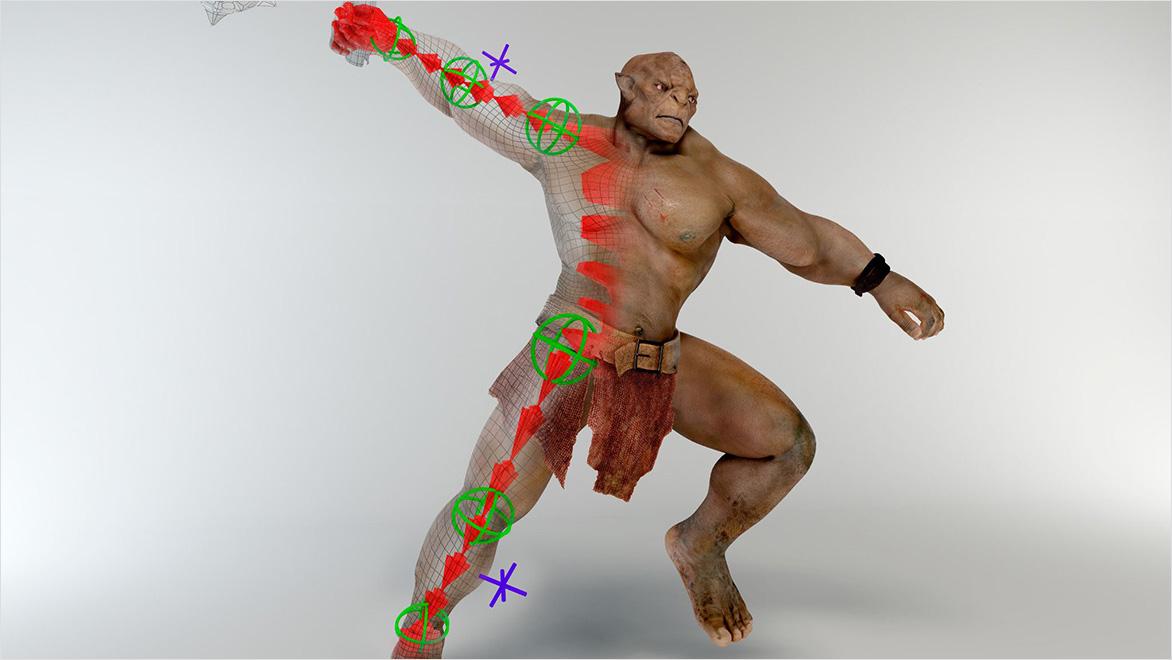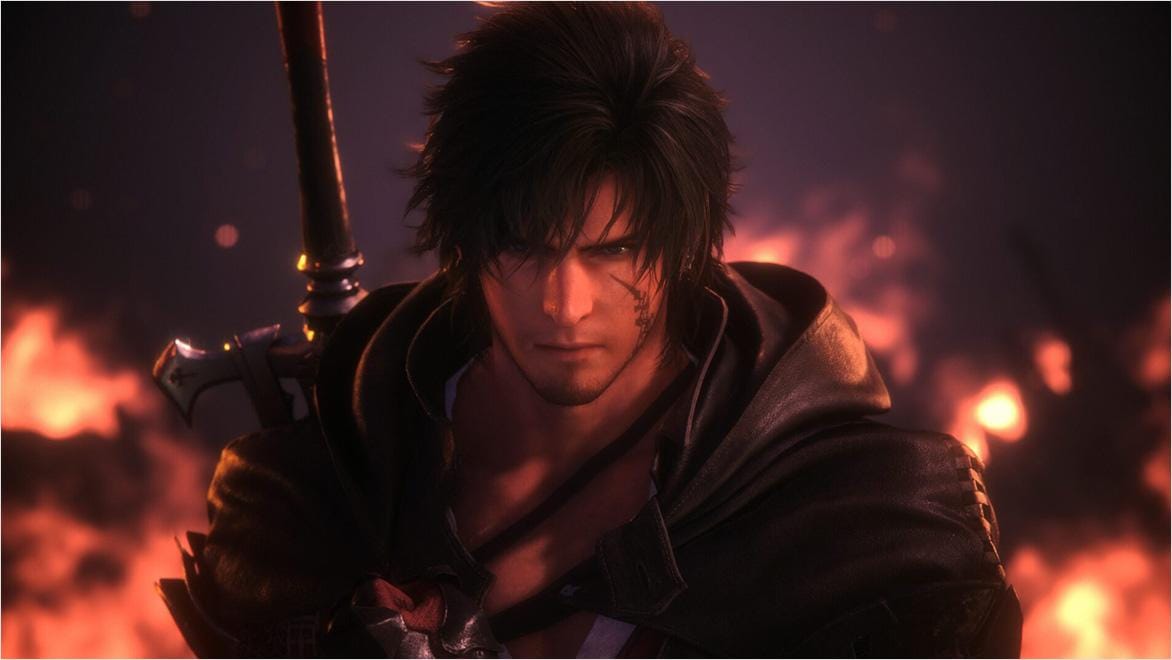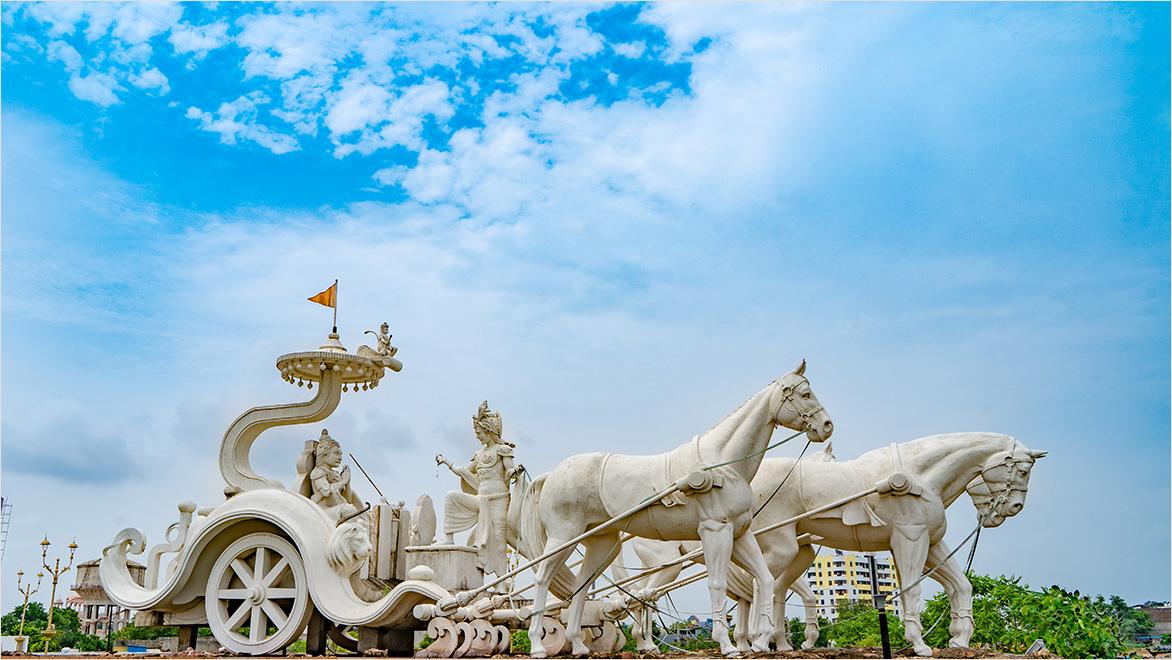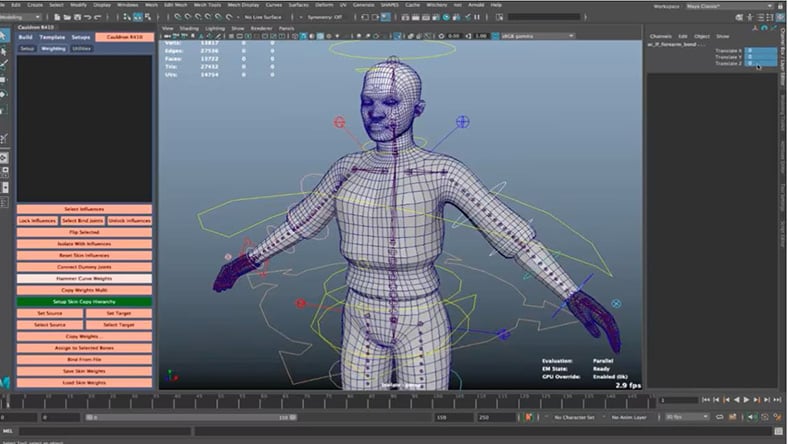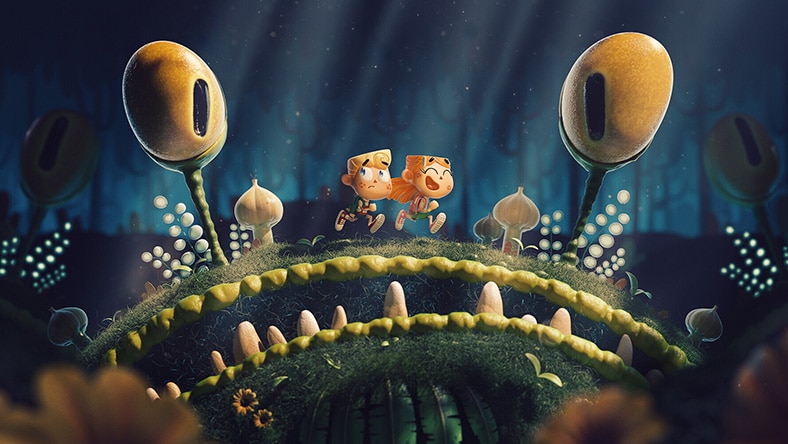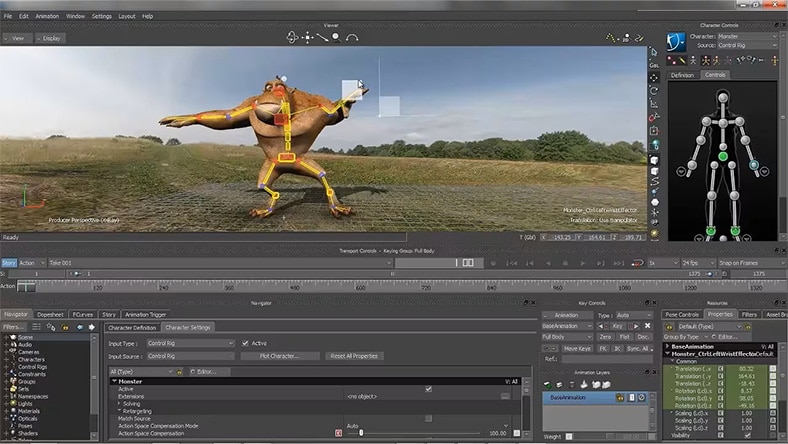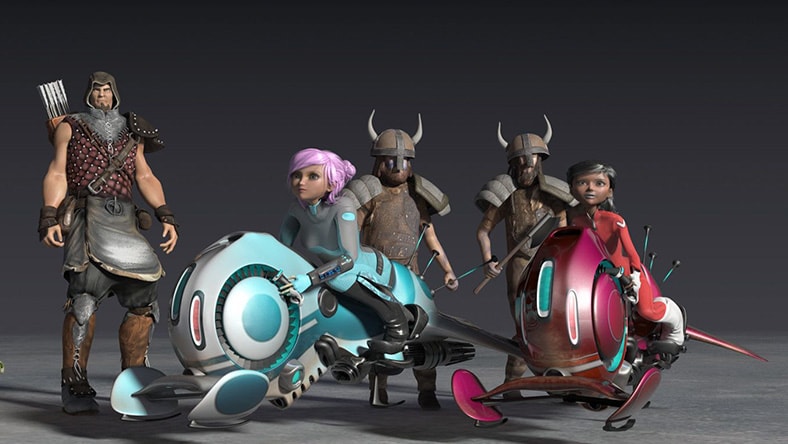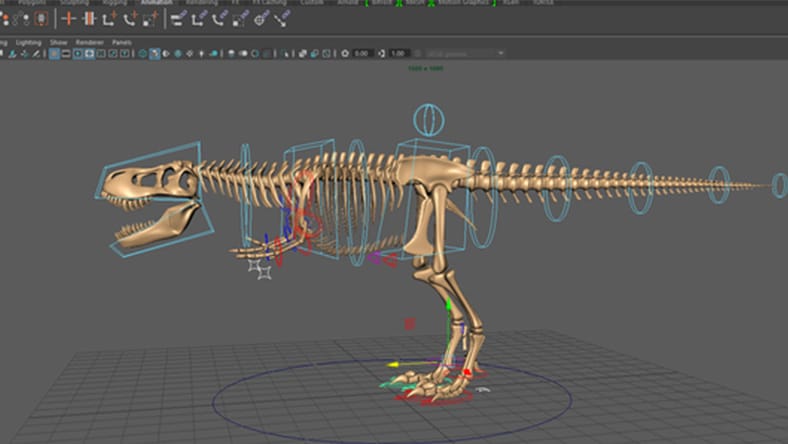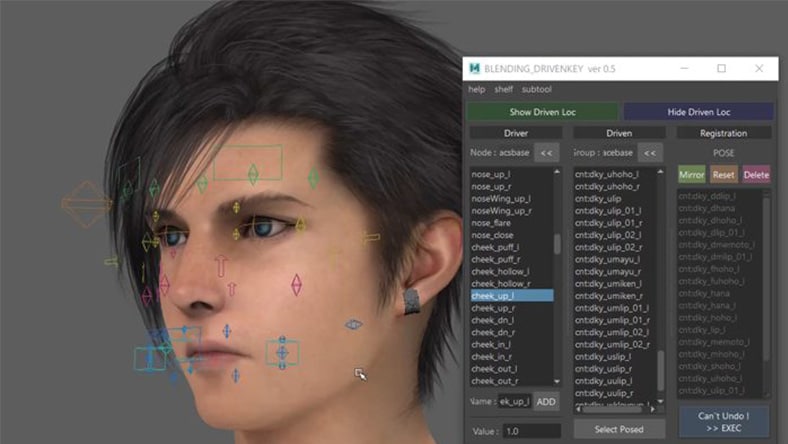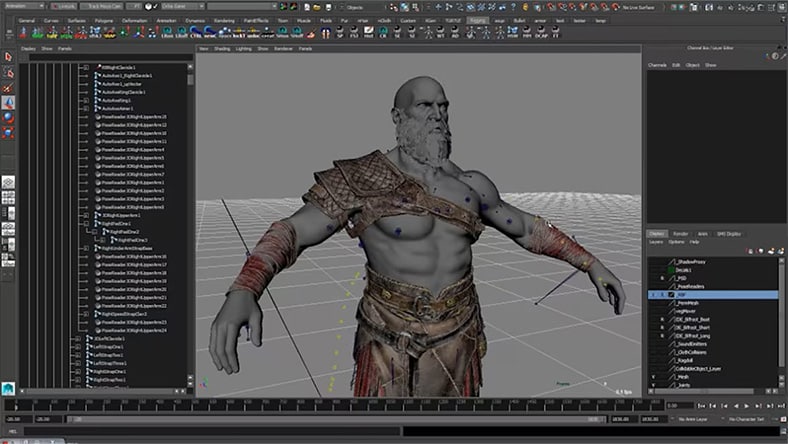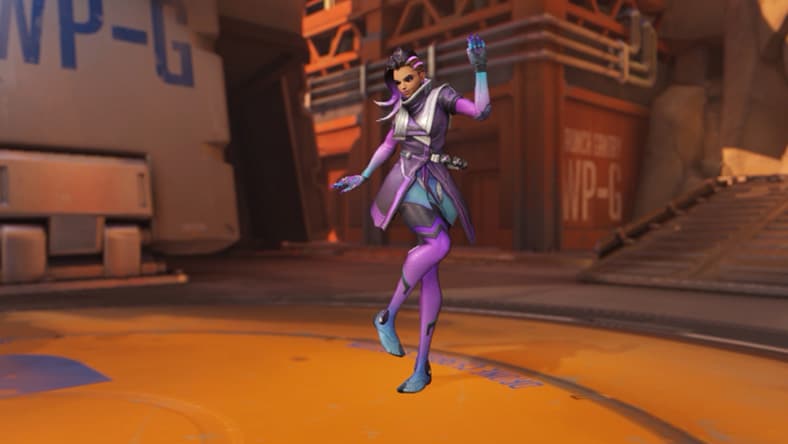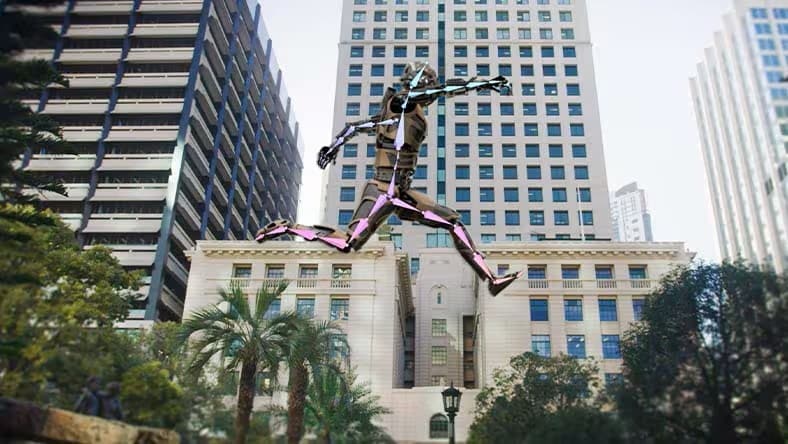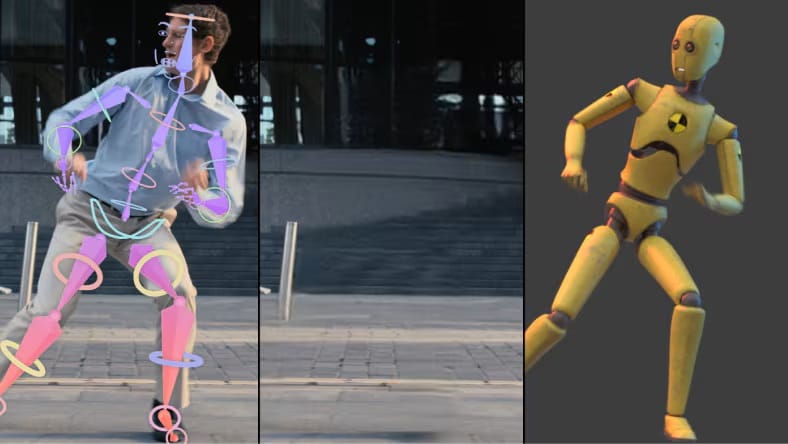& Construction

Integrated BIM tools, including Revit, AutoCAD, and Civil 3D
& Manufacturing

Professional CAD/CAM tools built on Inventor and AutoCAD
Imagine watching your favourite cartoon or playing a video game where characters move like real people. They jump, dance, and show emotions that make them relatable. How do animators make these characters move so naturally? The secret is a process called character rigging.
Character rigging is essentially giving a skeleton to a 3D model so it can move. Think of it as building bones inside a puppet. This skeleton, or "rig," lets the character bend an arm, nod a head, or even wiggle a finger, just like we do.
But it's more than just bones. Rigging also adds special controls that make it easier for animators to move the character. These controls can be buttons or sliders that adjust facial expressions and body movements. Without rigging, a 3D character would just stand still—it may look nice but can’t do anything.
Rigging turns a still model into a character that can perform actions. It is essential in animation because it:
Adds life to characters
Rigging a character allows it to move realistically, making stories more engaging.
Saves time
Good rigs help animators work faster. Instead of moving every tiny part, they can use controls to animate quickly.
Enables complex movements
Whether it's a running animal or a flying superhero, rigging makes complex actions possible.
India has a long history of telling wonderful stories, and this includes animated features such as Arjun: The Warrior Prince (2012). Indian animators mix cultural tales with modern techniques to create movies, shows, and games that people love, both here and around the world. But animation is a challenging field. It needs artistic talent, plus the right technical software and skills. That's where tools like Autodesk Maya come in.
Maya is used for 3D animation, modelling, simulation, and rendering. For character rigging in Maya, the software offers a comprehensive set of tools that help animators create complex rigs easily.
Maya's interface is designed to be friendly, which is great for both beginners and experienced animators.
Image courtesy of Charles Wardlaw
It has features like auto-rigging, which can automatically create a basic rig for your character.
Image courtesy of Chris Cragg
Animators can build custom rigs that fit exactly what their character needs.
Model and image by Jonas Thornqvist
Maya works smoothly with other programs, making it easier to use in different stages of production.
There are different ways of rigging a character—each focused on a different part of the character’s anatomy or ways to control its movement. Here are some of the common types animators use today.
Skeletal rigging involves creating a bone structure inside a 3D model, much like the bones in our bodies. These bones are connected in a hierarchy, allowing for natural movement. This is the most basic and essential type of rigging.
Skeletal rigging lets animators move limbs, such as arms and legs, and is used for the overall movement of the character. Maya provides tools like the Joint Tool to create bones and the Inverse Kinematics (IK) and Forward Kinematics (FK) systems to control them.
Facial rigging focuses on the character's face, adding controls to move eyes, eyebrows, mouth, and other facial features. It allows characters to show emotions like happiness, sadness, or surprise, making them more human and expressive.
Facial rigging in Maya allows blend shapes and joint-based rigging for facial expressions. Blend shapes let you create different facial poses and blend between them, while joint-based rigging uses small bones to control facial parts.
Image courtesy of Square Enix
Muscle rigging adds virtual muscles under the character's skin to simulate how muscles flex and relax during movement. It enhances realism, especially for muscular characters or creatures, by showing how muscles affect the skin's movement. Maya’s rich toolset has a Muscle System that allows animators to create and control each character’s muscles.
Image courtesy of Santa Monica Studio
Dynamic rigging uses physics simulations to control parts of a character that react to movement, like hair, clothes, or tails. This adds extra motion that makes animations more believable because these parts move naturally with the character’s actions. Maya’s tools, such as nCloth and nHair, help animators simulate these behaviours.
For example, in the animated series “Baahubali”, the effects team used dynamic rigging with Maya’s nCloth to create the characters’ flowing costumes. This made the clothes move realistically during scenes and dances. They also simulated elements like flowing water, dust, and debris to react dynamically to the characters’ movements.
Wonder Dynamics powerful AI-toolset Wonder Studio empowers creators and artists to focus more on the iterative and creative aspects of storytelling. You can turn your footage into live-action animated films, commercials, music videos, and more with AI-powered Wonder Studio.
Replace live actors with 3D characters and seamlessly capture facial, body, and hand movements with Wonder Studio's AI mocap technology. Get complete motion capture data for your project in USD or FBX formats, with advanced character bone retargeting and export-ready animations.
Gain ultimate flexibility for precise character placement and movement control with the Camera Track Tool. Match movements of a virtual camera to real-life scenes for realistic alignment and motion and detect the planes within your scene using Point Cloud.
Export selected project elements enabled during Render Setup. From Clean Plate, to Camera Track, and Alpha Masks, customize and download your desired outputs to see exactly what you need for the creative task at hand.
Scale your studio’s rendering and simulation capabilities, while equipping artists with powerful modeling and animation tools
If you're a young or aspiring animator in India, learning character rigging in Maya can open up exciting opportunities. Here are some resources to get started.
This guide teaches about new tools in Maya for animation and rigging. You'll learn about the Offset Parent Matrix, which helps create new characters, and the Maya Motion Library, which helps animate faster.
Find out everything you need to know about the best character rigging software and how they work, including videos showing how Autodesk customers build memorable characters.
Join this community where you can see artwork, read about artists, and find more resources from people who make 3D art.
Character rigging is the process of giving a 3D model a digital skeleton so it can move and act. Just like our bones and joints let us move, a rig lets a digital character bend, stretch, and show emotions.
Rigging a character is essential because it turns a still 3D model into a moving character that can perform actions. Without rigging, animators couldn’t make characters walk, talk, or express feelings.
Autodesk Maya is one of the most popular tools used for character rigging in India. It offers powerful rigging features that are industry-standard in film, TV, and game design. Other software like 3ds Max are also used.
In films and TV, rigs can be more complex because they aim for high-quality visuals and detailed expressions. In game design, rigs need to be optimised for performance to ensure the game runs smoothly. This means using fewer bones and simpler controls without sacrificing too much on quality.
Rigging is a bridge between modelling and animation. Once a character is rigged, animators use the rig to bring the character to life. A good rig allows animators to work efficiently, making the entire production process smoother.
Auto-rigging is a feature that automatically creates a basic rig for a character. It’s useful for saving time on simple projects or as a starting point. However, for complex characters or specific needs, manual rigging provides better control and customization.
